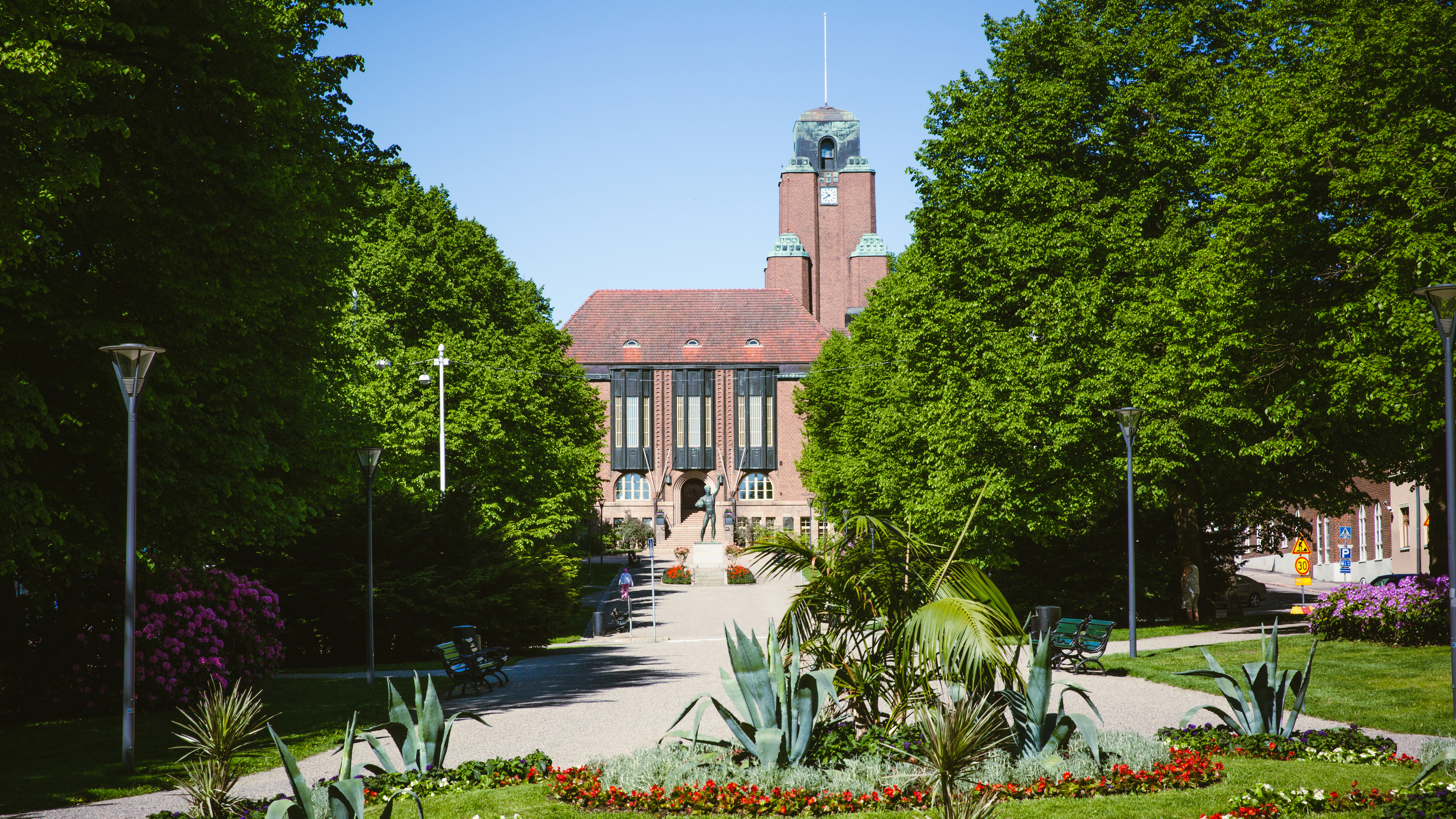
The city of Lahti invests in energy efficiency: “Economically sensible”
Known as a stage for Finnish winter sports, Lahti has also persistently sought to become an environment-oriented city. The city, which prided its business image in the 1980s, has been nominated for the European Green Capital 2020. Foundations for environmental work were laid already in the early 1990s, when the city began restoring Lake Vesijärvi and sustainable development operations with its citizens. An important part of environmental matters that need to be promoted in Lahti is paying attention to energy efficiency.
In Lahti, the work towards energy efficiency had a strong start in 2011. At the time, the city’s construction instructions were altered to better include things related to energy efficiency.
Energy efficiency had previously been shadowed by other things in Lahti, and enough effort hadn’t been put towards maintaining enough expertise.
“The leap in 2011 was a large one. We knew that we should emphasise the importance of energy efficiency and good ways to promote it in our public construction, but also in the information directed at citizens,” says Saara Vauramo, Lahti’s Environmental Director.

In 2011, Lahti started the Green City project that put energy efficiency on centre stage. The city’s Tilakeskus obtained an expert with the tasks of promoting energy efficient construction, inspecting energy consumption in public properties and promoting the goals of the energy efficiency agreement.
“Tilakeskus became a promoter having been offered the additional resource by the project. A key factor was that the change didn’t come from the outside but rather from the inside of the organisation.”
From 2011, all public properties in Lahti have been fitted with a system monitoring their consumption in real time. In addition, energy inspections have been conducted in the properties, and the city has tried to find cost-effective investments to improve energy efficiency.
“Already during the first couple of years, our operations were boosted just by monitoring consumption in real time with a system that can monitor electricity, heat and water consumption in all properties.”
“We were able to intervene with abnormal situations where too much energy was being used. Better property monitoring is a clear step towards energy efficiency.”

Vauramo says that Lahti has also actively sought to find new investment opportunities.
“Currently, we are working with a large ESCO project with larger properties that consume a lot of energy. These include, for instance, the city hall, Sibelius Hall and the Sport Centre’s buildings and swimming hall. The project’s goal is to reduce the properties’ energy consumption by 30% over the next 10 years.”
In a nutshell, the idea behind the ESCO project is the following: outside energy expertise brings clients investments and actions to improve energy usage and to reduce consumption. The projects’ expenses are paid with the savings from lower energy costs. The goals of the projects are monitored closely and they must be reached at the risk of sanctions.
For Lahti, the largest benefits gained from investing in energy efficiency have been economical. The city owns around 300 properties and on a group level the number is increasing.
“Maintaining the properties causes substantial expenses. Energy efficiency has become economically sensible and this is the fact we can best use to justify it.”
Energy efficient solutions also allow the city to deal with the properties’ issues.
“When we are monitoring electricity, heat and water consumption, we can observe, for instance, leaking plumbing fixtures or solutions consuming an exceptional amount of electricity. We can deal with problems much earlier rather than to allow them to become major risks.”

Lahti is trying to find a balance between letting users participate and doing everything through automation.
“At the moment, properties are being monitored to a large extent and there is not much that a user can do to adjust things. It can be hard to create the best possible conditions for everybody. Somebody likes their room temperature a couple of degrees higher than somebody else.”
Problems with indoor air is something that has been discussed in other cities and also in Lahti.
“We cannot start reducing air conditioning. In these cases, energy efficiency is not the most important factor but people’s safety. We have to prioritise what is important.”
